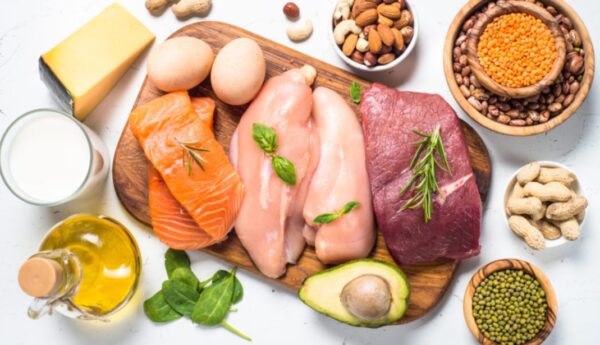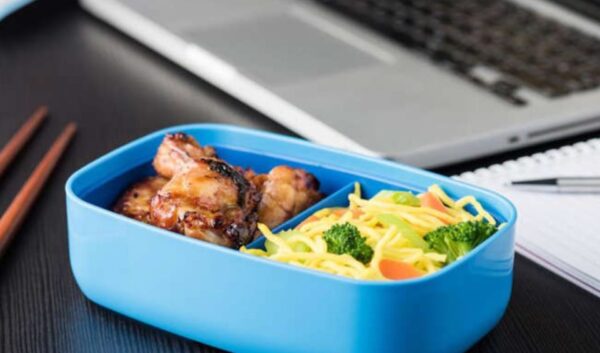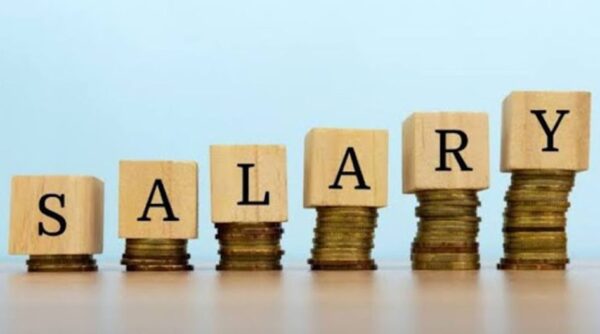Lifestyle
7 signs your body isn’t digesting fats properly & what to do about it

Your body needs healthy fats to thrive. Fats fuel your brain, support hormone production, help absorb essential vitamins, and keep your skin looking youthful.
But when your digestive system struggles to break down fats properly, things can get messy—literally and figuratively.
The problem? The signs are subtle and easy to ignore. They can show up in your digestion, your skin, your energy levels, and even your bathroom habits.
Here are 7 red-flag symptoms your body might not be digesting fats the right way—plus what you can do to fix it.
1. You feel bloated or nauseous after eating fatty foods
If you regularly feel bloated, gassy, or nauseous after eating rich foods like fried chicken, creamy pasta, cheese, or even avocado toast, your body may be struggling with fat digestion issues. This discomfort could be due to insufficient bile production, which is necessary to break down fats. Bile is produced by your liver and stored in your gallbladder. Without enough of it, fats linger in your digestive tract, causing nausea or heaviness after meals.
2. Your skin is dry, flaky, or breaking out
Your skin needs essential fatty acids—especially omega-3s—for hydration and barrier protection. If you’re not absorbing fats well, your skin might become dry, itchy, or inflamed. You may also notice breakouts, especially around your jawline and cheeks.
If no amount of moisturizer is helping and your diet is relatively clean, poor fat absorption might be the hidden culprit.
3. You’re tired all the time—even after eating
Fats are your body’s most energy-dense fuel. When your digestive system isn’t processing fats efficiently, you can’t access that energy—leading to fatigue, brain fog, and sluggishness after meals.
This can feel like a constant energy crash, even if you’re eating enough calories. It’s a sign your body isn’t using the fuel it’s getting.
4. You’re low on vitamins A, D, E, or K
These are fat-soluble vitamins, which means they need dietary fat to be absorbed and stored properly. If your blood tests keep showing deficiencies in vitamin D, A, E, or K—even with supplements or a balanced diet—your fat digestion might be the real issue.
Common symptoms include:
Weak immunity (low vitamin D)Poor night vision (low vitamin A)
Easy bruising (low vitamin K)
Dry skin and nerve issues (low vitamin E)
5. You notice floating, pale, or greasy stools
Your poop can reveal a lot about your digestive health. If your stool floats in the toilet, looks pale or clay-colored, leaves an oily film and has a foul odor …you could be dealing with steatorrhea, a telltale sign of fat malabsorption. This means fat is being excreted instead of absorbed, depriving your body of nutrients.
Popular searches: why does my stool float, greasy poop meaning, fatty stool symptoms
6. You feel pain in the upper right side of your abdomen
That’s where your gallbladder and liver live—the organs most responsible for digesting fats. If you feel pain or tightness in your upper right abdomen after eating fatty meals, it could be a sign of gallstones or sluggish bile flow.
This type of pain often comes on 30–60 minutes after eating fried or fatty foods and may feel like a dull ache or sharp stab. Don’t ignore it—get it checked out.
What you can do about it
If several of these symptoms sound familiar, your fat digestion might need support. Here’s what to consider: Ask your doctor to test your liver function and gallbladder health. Look into stool fat analysis or digestive enzyme testing
Tips to follow
Try a digestive enzyme supplement that includes lipaseSip bitter teas (like dandelion or gentian root) to support bile flow
Eat smaller meals with healthy fats (avocados, olive oil, wild salmon). Avoid processed, fried, and greasy foods temporarily
Include fermented foods like sauerkraut or kefir to boost gut bacteria.
Chew slowly and eat mindfully—fat digestion starts in your mouth.






